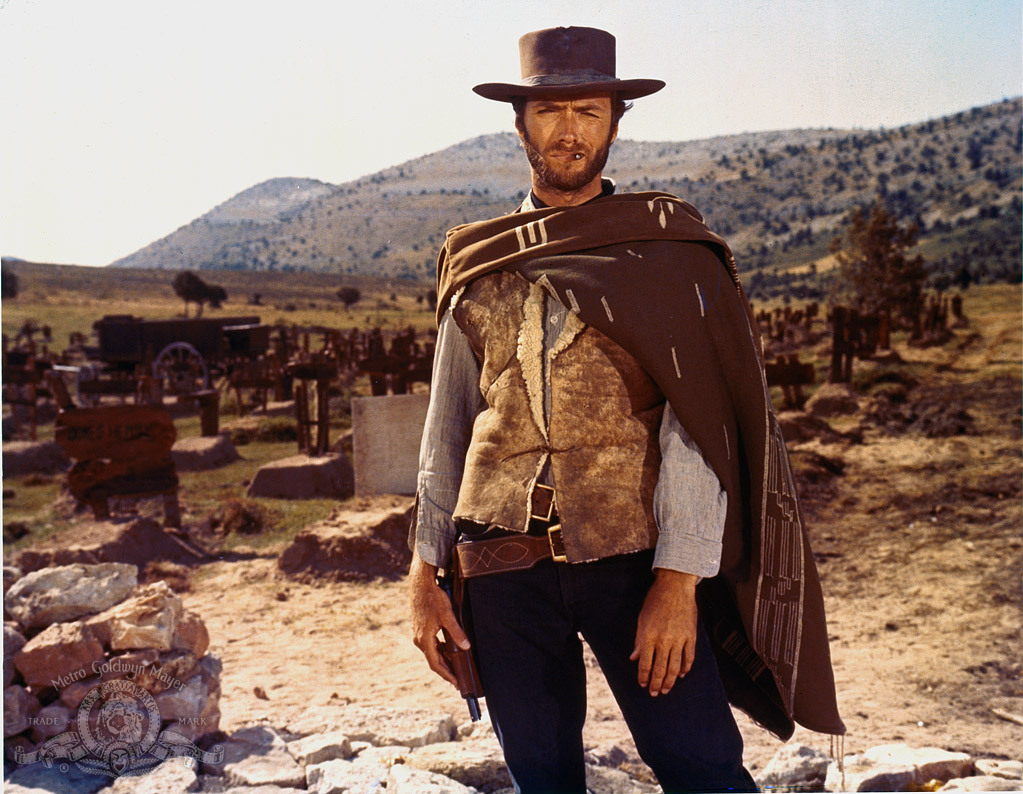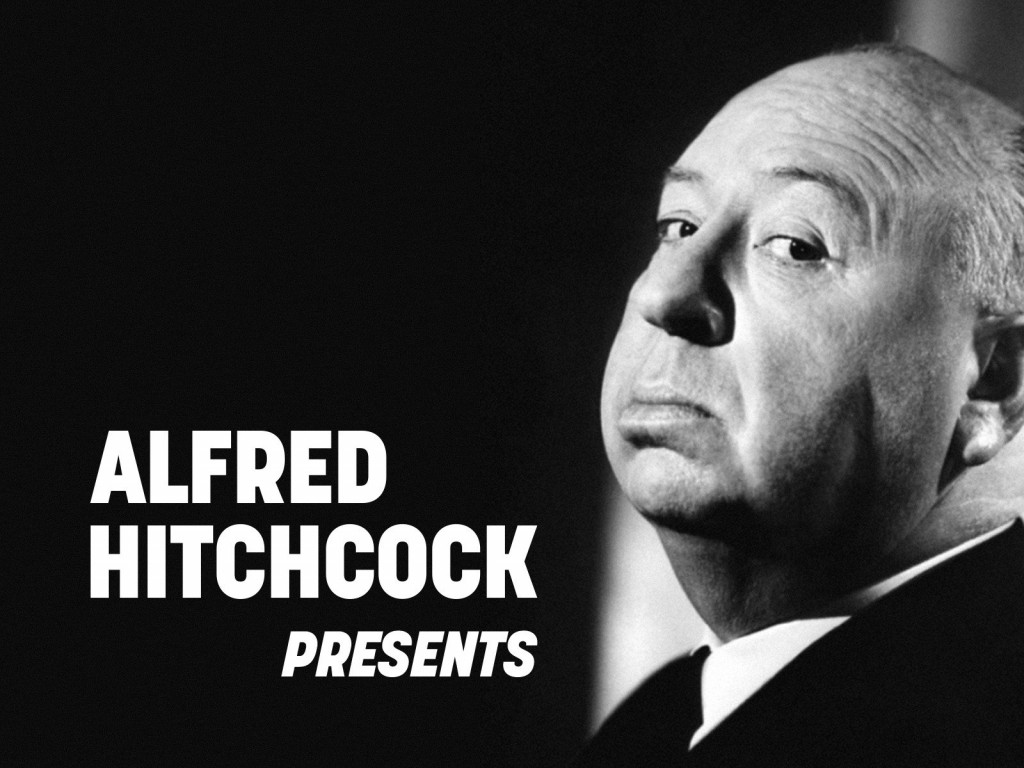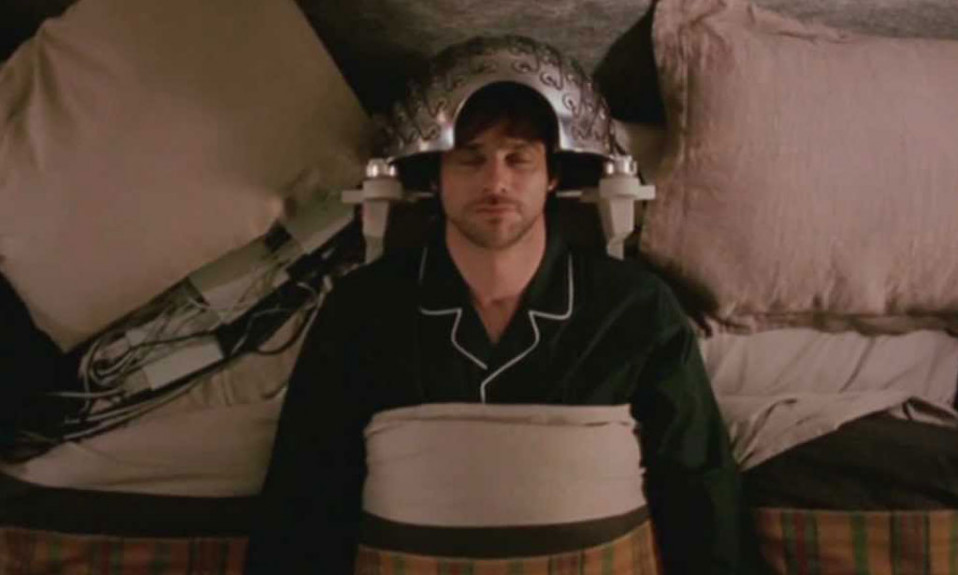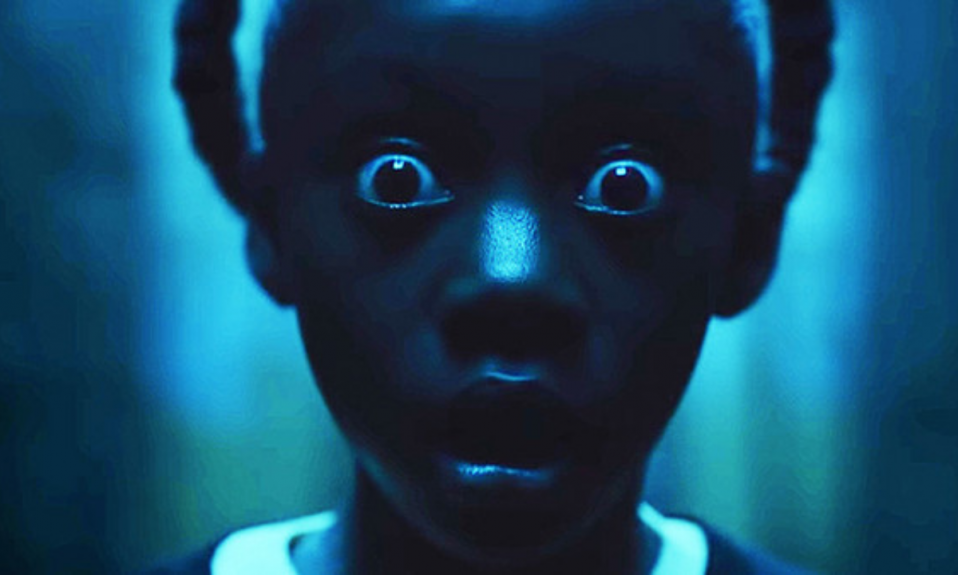What effect does watching films have on a person? Obviously, it makes you smarter, more thoughtful and an all-around better person, but what about measurable effects on your actual brain? Professor of Neuroscience and Psychology Dr Uri Hasson wanted to find out and so conducted a study on what he termed neurocinematics – the neuroscience of cinema.
Sadly neurocinematics is not some kind of Johnny Mnemonic-style sci-fi blockbuster (for those born too late Johnny Mnemonic was a 90s Keanu Reeves sci-fi film) – it’s merely a term for this kind of research. The researchers used an fMRI to monitor participant’s brains as they watched a film: in the first stage of the experiment, this was The Good, The Bad and The Ugly and this was compared against a piece of film that wasn’t a movie, that the researchers called a segment of reality. An fMRI is much like an MRI, this is the cylinder scanning device that people lie in while magnets spin around in the cylinder and then create images of the body so doctors can “look” at a person’s organs, skeleton etc. The difference with an fMRI is that it specifically looks at blood flow in the brain, more blood flow means more brain activity.

The researchers used the measure of inter-subject correlation (ISC) when looking at brain activity, a high ISC meant that spatiotemporal brain activity was very similar across the various participants. Spatiotemporal simply means when and where it happened in the brain. A low ISC would mean the spatiotemporal brain activity was very different across participants, this does not mean there was less activity, but rather that it occurred in different parts of the brain at different times. High ISC means that participants were having very similar reactions in terms of brain activity. The results showed much higher ISC when watching a film than the segment of reality. Considering that both the film and the segment of reality are – on the surface – very much the same, moving images, colour, and sound this difference could be ascribed to making a story, or to the use of editing or choices made by the director.
An interesting aspect of this study is how different types of scenes and different styles of film affect the brain. Once established there was an impact on brain activity from watching a film they moved into comparing different types of film (and two of these are from tv shows but shall be included in the term film). They chose an episode of Alfred Hitchcock Presents, the particular episode being the wonderfully titled Bang! You’re Dead, an episode of Curb Your Enthusiasm and again The Good, The Bad and the Ugly as well as the filmed segment of reality.

These are interesting choices – The Good, The Bad and The Ugly a western, an action film, made by Sergio Leone, an Italian filmmaker who could not speak English. Bang! You’re Dead seems to be more of a taut thriller, a child playing with a loaded gun they think is a toy whilst his parents try to find him. Curb Your Enthusiasm is modern HBO comedy series made by Larry David – with low stakes and little drama.
For ISC Bang! You’re Dead came out top, then The Good, the Bad and The Ugly, then Curb Your Enthusiasm and finally reality. Again the ISC is not saying the Hitchcock film has more brain activity or is in some way better cinema, but rather it elicited the same brain activity amongst participants – they had the same reaction. As noted in the article Hitchcock was famous for having the ability -and explicitly having the desire- to control audience reactions. Curb Your Enthusiasm controls a lot of improvisation which inherently means less control for the filmmakers and possibly less control of the viewers.
A more recent study by Yashu Wang and Yiwen Yang in 2020 specifically looked at Hitchcock’s masterpiece Psycho, and found that the important/dramatic plot points like Marion being stabbed in the shower, corresponded with the most brain activity, and not just for inherently dramatic moments like murder but drama created by editing and cinematography.

Another interesting finding was that films were very good at “controlling” eye movement, and found that when comparing The Good, The Bad and The Ugly and reality, participants watching the film were much more focused on specific locations, whereas for reality participants’ eye movement was a lot more varied. This would suggest that various cinematic techniques relating to cinematography and storytelling do in sense “control” what the viewer looks at.
This study poses interesting questions about how films affect brain activity and how this is different from simply showing films of real-life events happening with no other input. A person could wonder what exactly is to be gained from this research, especially in terms of cinema – that films have an impact on brain activity is not shocking, and this study was focused on creating ways to measure and compare this activity. But undoubtedly if Alfred Hitchcock had access to an fMRI he would have people run through this experiment so he could learn how to make Psycho even more terrifying.
Also Read: Cinema Therapy: How Movies Can Heal





![horror-movie-villains-collage [Source: shnakebite91 Wordpress]](https://bigpicturefilmclub.com/wp-content/uploads/2020/03/horror-movie-villains-collage-Source-shnakebite91-Wordpress-958x575.jpg)







